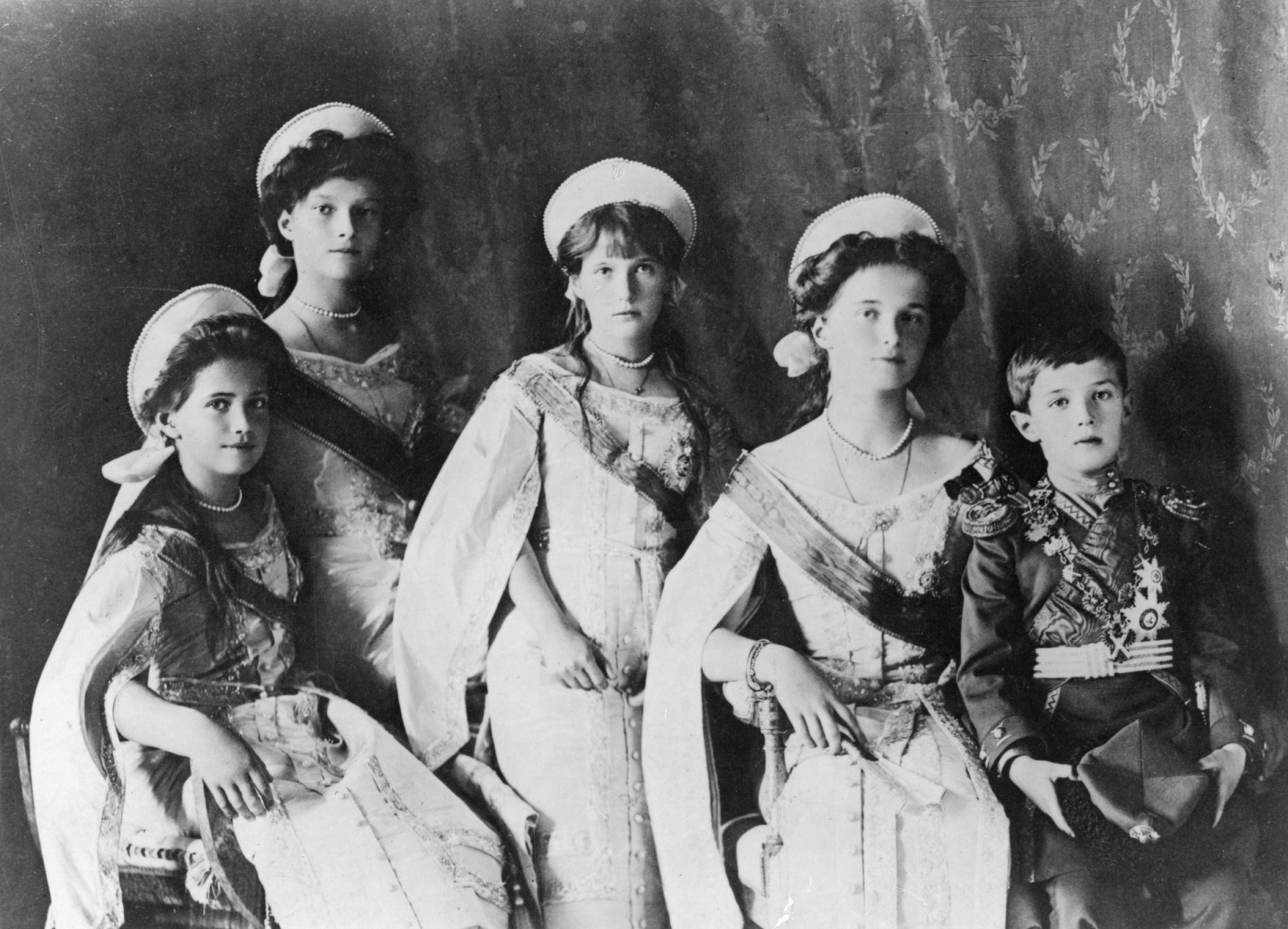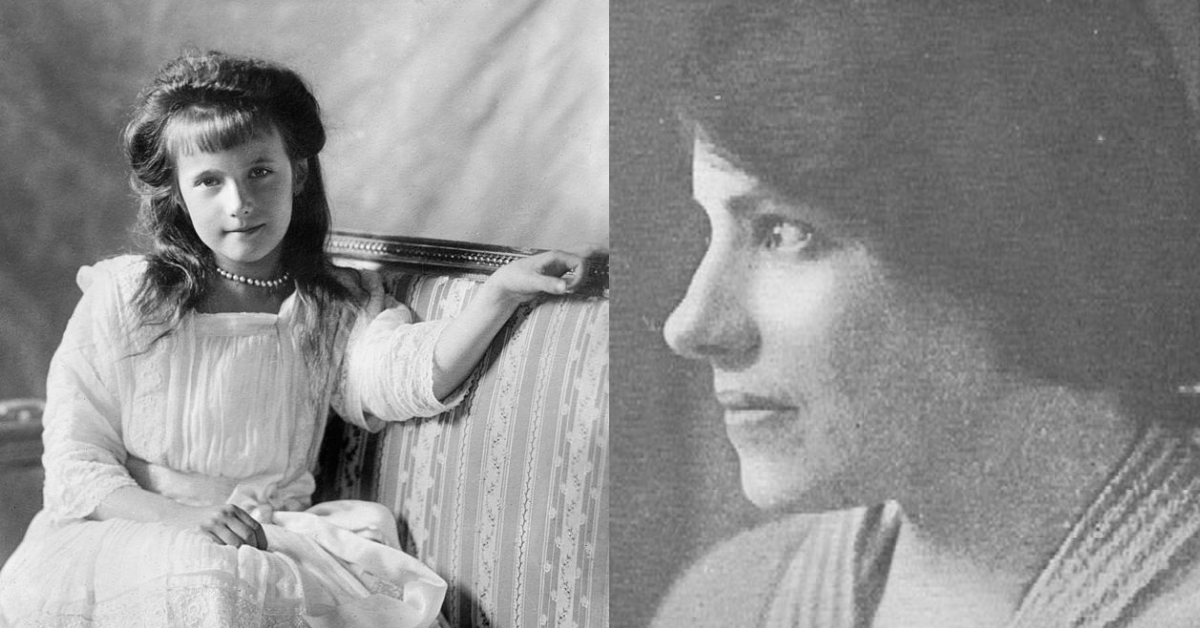DNA evidence has shattered the century-old mystery surrounding the fate of the Romanov family, revealing a truth that diverges dramatically from the official narrative. In a groundbreaking discovery, forensic scientists have confirmed the identities of the remains found in a remote Russian forest, putting to rest the haunting question of what happened to Russia’s last imperial family.

The Romanov dynasty, which ruled for over 300 years, met a tragic end in 1918 when Tsar Nicholas II, his wife Alexandra, and their five children were executed by Bolshevik revolutionaries. For decades, the official story claimed that the family had been moved to a secure location, but new DNA analysis has proven otherwise.
The discovery began with amateur historians digging near a known mass grave, uncovering charred bone fragments that would eventually lead to a forensic breakthrough. These fragments were revealed to belong to two of the royal children, Alexei and one of his sisters. The family’s tragic final hours were marked by a desperate hope for rescue, ultimately dashed by the brutal reality of their situation.

The gruesome details of their execution were obscured for decades. Initially, the family was led to believe they were being relocated for safety. Instead, they were met with armed men who ended their lives in a horrific act of violence. The aftermath involved a desperate attempt by the executioners to erase all evidence of their crime, including the use of sulfuric acid to destroy the bodies beyond recognition.
The remains were buried in a shallow grave, and for years, whispers of the Romanov family’s fate persisted, leading to a quest for truth that spanned generations. In 1991, the collapse of the Soviet Union opened the door for investigators to finally unearth the mass grave, which contained the remains of nine individuals. However, two bodies were missing, fueling speculation and legends about the fate of the lost princesses.
The key to solving this mystery lay in DNA analysis, a revolutionary technique at the time. Scientists compared mitochondrial DNA from the remains to living relatives, including Prince Philip of the British royal family, who provided a blood sample. The results confirmed the identities of the Tsar, Tsarina, and three of their daughters, marking a monumental moment in historical forensic science.

The case, however, was not without controversy. A rare genetic quirk in the DNA of the remains attributed to Nicholas II raised questions about contamination. To quell skepticism, authorities exhumed the body of his brother, Grand Duke George, confirming the same rare genetic markers. With this, the identities of the Romanovs were conclusively established.
As the dust settles on this historic revelation, one can’t help but ponder how many other historical truths remain buried, waiting for science to bring them to light. The Romanov case, once shrouded in myth and speculation, is now a testament to the power of modern forensic science and its ability to rewrite history.





